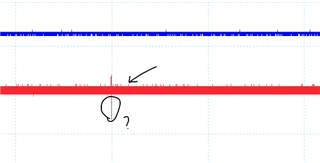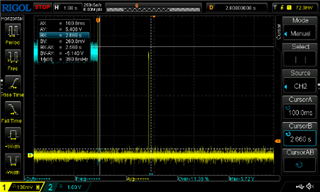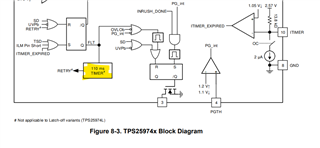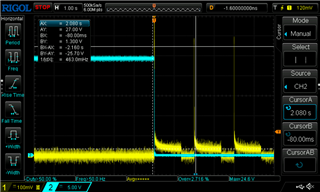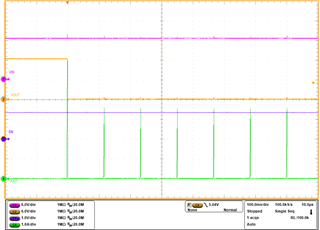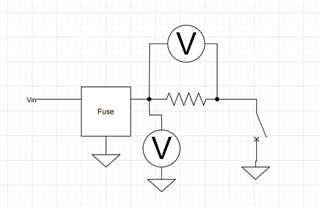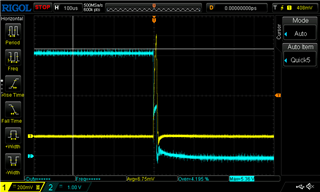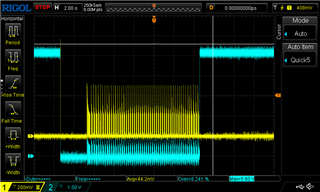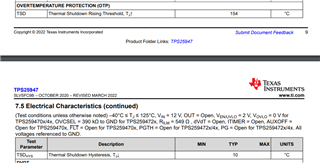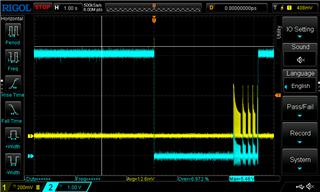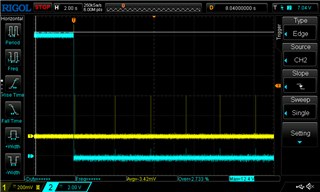Other Parts Discussed in Thread: TPS2597, TPS1663
Tool/software:
Dear support,
I have the circuit in two assembly variants. Both are not following the 100ms retry frequency. The output is shorted constantly. I see retry spikes every 4,5 seconds.
One variant shows 4,5 seconds retry:

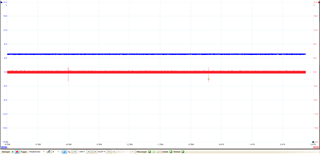
This variant shows so seldom retry, that I have no picture.

What could be the routcause?
Simon


